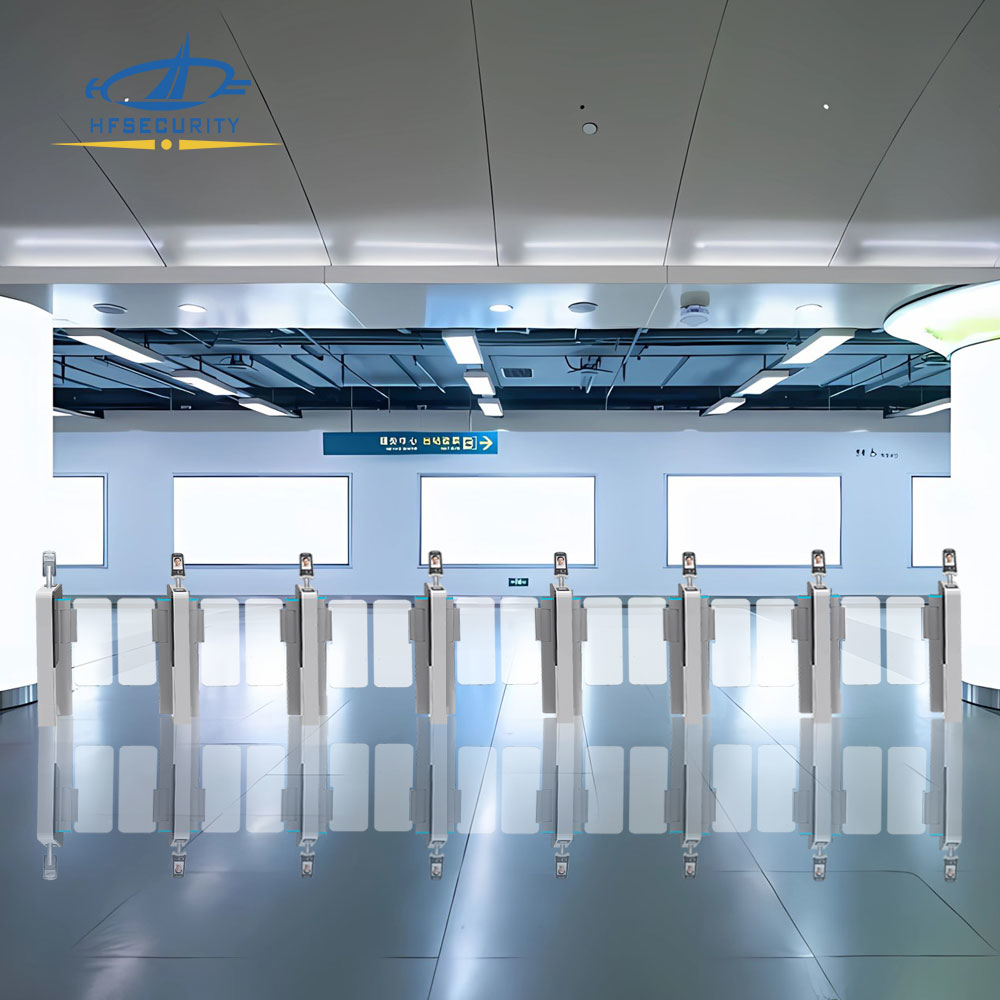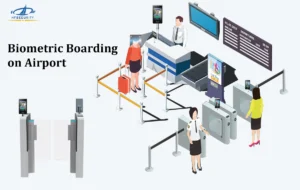The Impact of Biometric Boarding on Airport
In recent years, airports have increasingly adopted biometric boarding and facial recognition access control technologies, transforming the way passengers navigate through security and boarding processes. This innovative approach offers enhanced security, efficiency, and a seamless travel experience.

The Rise of Biometric Boarding
Biometric boarding involves using facial recognition technology to verify a passenger’s identity. Unlike traditional methods that rely on passports and boarding passes, this system matches the passenger’s face to their travel documents. As a result, biometric boarding speeds up the boarding process while reducing the risk of human error or fraudulent activities.
Facial recognition access control is at the heart of biometric boarding. This technology ensures that only authorized individuals pass through security checkpoints, reducing the potential for security breaches. Furthermore, it streamlines the process, as passengers no longer need to present multiple documents at different stages of their journey.
Enhancing Passenger Experience
The integration of facial recognition in airports has significantly improved the passenger experience. Long queues and tedious document checks are being replaced by a quick and efficient system that recognizes travelers within seconds. The use of biometric boarding has proven to be particularly beneficial during peak travel times, as it minimizes wait times and allows for a smoother flow of passengers.
This technology not only enhances security but also adds a level of convenience that traditional methods cannot match. By reducing the need for physical interaction, it also promotes a contactless travel experience, which has become increasingly important in the wake of global health concerns.
The Role of Turnstile Access Control
Integrating turnstile access control systems with facial recognition technology has further optimized airport security. Turnstiles equipped with biometric sensors can quickly and accurately identify passengers, allowing them to proceed through security checkpoints with minimal delay. This combination of technologies offers a robust security solution that is both efficient and user-friendly.
HFSecurity, a leading provider of biometric solutions, has been at the forefront of this technological revolution. Their advanced turnstile access control systems are designed to work seamlessly with facial recognition, providing airports with a reliable and efficient security solution.

Advantages of Biometric Boarding for Airports
Airports that have implemented biometric boarding and facial recognition access control have seen numerous benefits. These technologies help manage passenger flow more effectively, reduce congestion at security checkpoints, and ensure that only authorized individuals gain access to secure areas. The system is also scalable, making it suitable for airports of all sizes.
Moreover, biometric boarding enhances the overall security infrastructure of an airport. By using advanced algorithms to match passengers’ faces with their travel documents, the system adds an additional layer of verification that is difficult to bypass. This not only deters potential security threats but also reassures passengers that their safety is a top priority.
Future of Biometric Solutions in Airports
As the aviation industry continues to evolve, the adoption of biometric solutions like facial recognition and turnstile access control is expected to grow. These technologies offer a glimpse into the future of air travel, where security is enhanced, and the passenger experience is significantly improved.
In the coming years, we can expect to see even more airports around the world embracing biometric boarding and facial recognition technologies. As these systems become more widespread, they will likely set new standards for airport security and efficiency.
The transformation of airports through biometric boarding and facial recognition access control marks a significant shift in the aviation industry. These technologies offer unparalleled security, efficiency, and convenience, making them essential tools for modern airports. With companies like HFSecurity leading the way, the future of air travel looks safer and more streamlined than ever before.
By adopting these cutting-edge solutions, airports are not only enhancing their security measures but also setting a new benchmark for passenger experience in the digital age.

